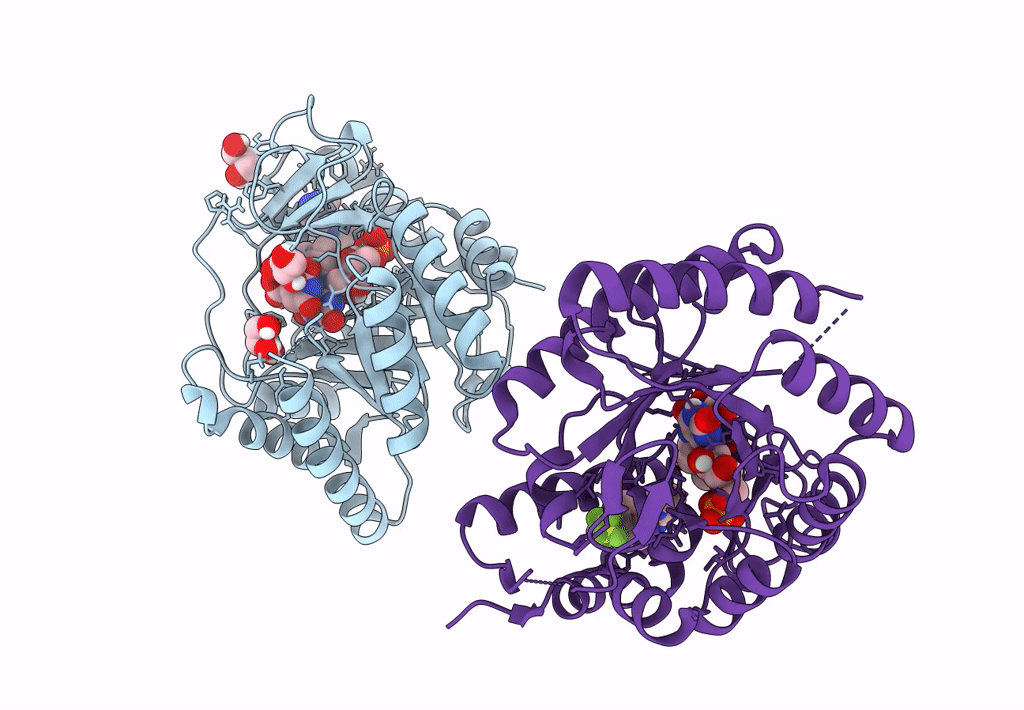
Deposition Date
2022-04-26
Release Date
2022-12-28
Last Version Date
2023-10-25
Entry Detail
PDB ID:
7UT5
Keywords:
Title:
Acinetobacter baumannii dihydroorotate dehydrogenase bound with inhibitor DSM186
Biological Source:
Source Organism:
Acinetobacter baumannii (Taxon ID: 470)
Host Organism:
Method Details:
Experimental Method:
Resolution:
1.40 Å
R-Value Free:
0.17
R-Value Work:
0.16
R-Value Observed:
0.16
Space Group:
P 1 21 1


